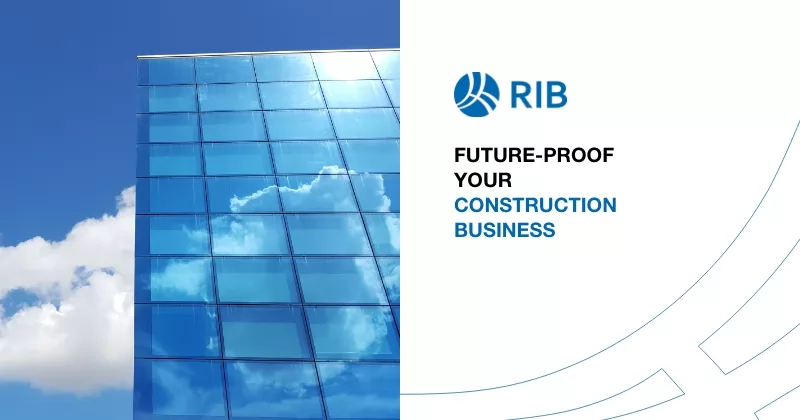49 mins read
Taking A Look Into The Future: Space Construction

As a World Space Week special, we’ll be looking into the exciting field of space construction. Building in space isn’t just a sci-fi fantasy, it’s an important reality.
When it comes to space construction, forget everything you know about building on Earth. Space construction has many complicated challenges that come down to the tools, the building materials, and how zero gravity construction can take place.
As technology advances, the possibilities of construction in space are rapidly advancing. So, let’s explore what we know about space construction and what the future of this industry could look like.
What is Space Construction?
Space construction is the process of building things in space instead of on Earth. This process is also known as off-Earth manufacturing or in-space manufacturing.
Space construction is necessary when structures are:
- too large to fit inside a rocket
- or too delicate for a space launch
The advantage of space construction is that you don’t have to worry about launching built structures into outer space.
However, space construction also comes with its challenges.
Without gravity, you need to apply a whole new system of architecture, engineering, and construction needs.
Space construction also requires you to transport the building materials into space. This can be a major challenge. Things like cranes and cement mixers that we use on Earth just don’t exist beyond our atmosphere.
Why is Space Construction Important?
Being able to master construction in space is necessary to understand what we can achieve beyond the Earth.
Without being able to build in space, our space activities are limited to what we’re able to launch into space with a rocket. With space construction though, we can create entire structures and new designs in space and on new planets.
This is important for being able to repair space stations or to create entirely new structures on Mars, for example.
Space habitats and colonising new planets is an idea that has been thrown around for some time now. To achieve this, space construction is essential.
The two main types of habitats used in space include expandable habitats and terrestrial habitats.
- Expandable habitats are inflatable. It is possible to use them on the ground or free-floating. These are easier to launch and cheaper to create.
- Terrestrial habitats are permanent structures. These are built on the land – just like buildings on Earth.

Some notable construction projects in space include the International Space Station, as well as plans for the Lunar Gateway, and Mars colonisation.
There are also two successful expandable habitats worth mentioning. These are NASA’s BEAM, and the Bigelow Expanded Activity Module (formerly the TransHab).
The Process of Construction in Space
The biggest challenge to building in space is the lack of gravity. Without gravity, the regular laws of physics that we apply to construction on Earth are not relevant.
Then there’s also the challenge of making sure that everything built in space is durable enough to withstand extreme conditions.
This includes using materials that are strong enough to blast through the Earth’s atmosphere. It’s critical to use materials that can also withstand the heavy radiation in outer space. Of course, there’s also the challenge of trying to fit enough materials for building into a rocket.
Building Materials
In order to overcome the challenges of space construction, it’s important to use the right materials and tools. NASA is in the process of developing technologies that will allow us to build structures on other planets by using the resources that are available on those planets.
Scientists also use polymers, such as Acrylonitrile butadiene styrene (ABS), to create building materials for space.
3D printing plays a major role in creating building materials for space. Scientists can use 3D printers to create tools and materials using ABS.
Future space construction materials could include concrete (assisted with lunar dust), transparent aluminium, and graphene.
Tools
The Archinaut One is a development that consists of a 3D printer and robotic arm. This project is designed for independently building structures in space. The Archinaut One could open up endless new possibilities for space construction.
Special tools for construction in space also include:
- the pistol grip tool (a specialised drill developed for space)
- and the Canadarm (a type of crane used in space).

Conclusion
The advancement of space construction signals incredible new opportunities for the future of humankind. Whether this means more advanced space stations, or even colonising planets, it all begins with construction.
Of course, space construction has its challenges. But, with rapidly developing tools and technology, the possibilities for this final frontier have become immensely exciting!
Most Recent
49 mins read
24 mins read
14 mins read
15 mins read

E-BOOK





